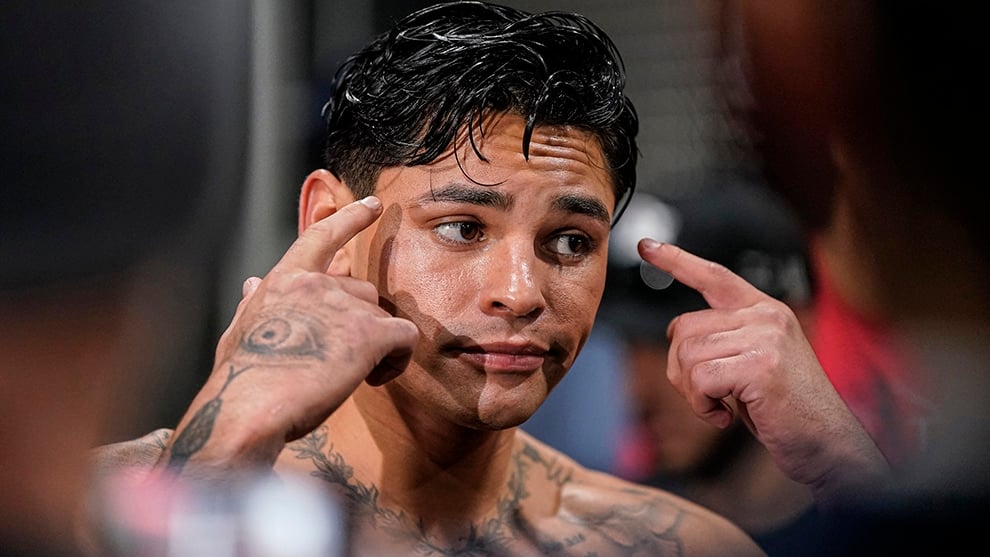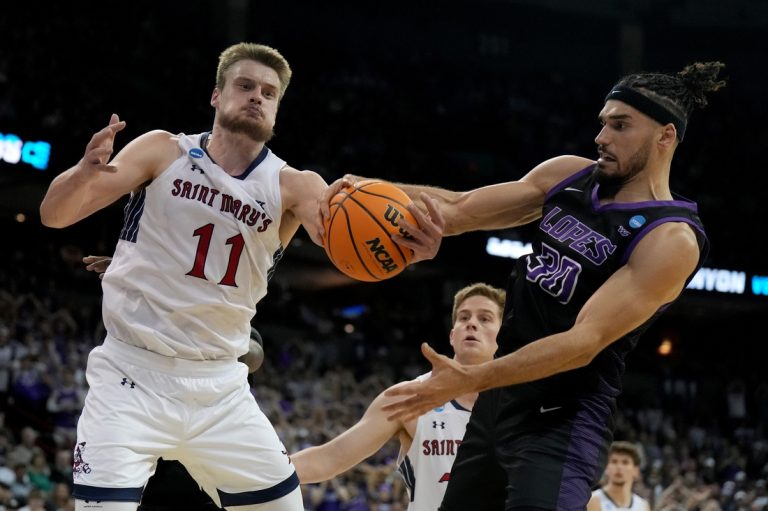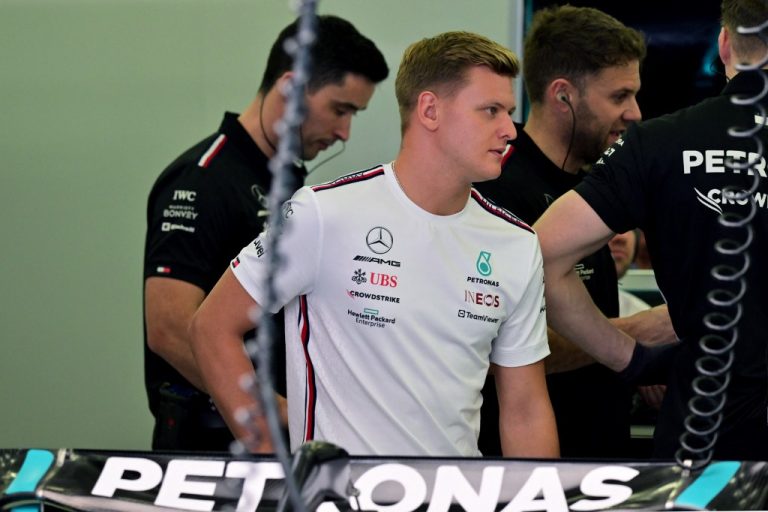By Oscar Pick
BOXING is the Wild West. Or rather, as legendary journalist Jimmy Cannon once said, ‘Boxing is the red light district of professional sports.’
It is, in any case, a sport that deserves the utmost integrity and oversight, protecting fighters from the catastrophic risks attached to their craft.
And yet, with no overarching governing body to set the standards, there is, after all these years, no real deterrent for when a fighter’s safety is compromised by the use of performance-enhancing drugs (PEDs).
Instead of addressing this issue with a high degree of consideration and urgency, the sport has, rather astonishingly, grown further detached from a place of purity, where still, despite the best efforts of those who wish to bring about change, the rules enforced by each commission remain fundamentally obscure.
Anyone who is not plugged into boxing will question why Ryan Garcia, a fighter banned by the New York State Athletic Commission earlier this year, has since been presented with an opportunity to stay active.
Of course, his next outing on December 30 is merely an exhibition as opposed to a professional bout. But still, the 26-year-old will be financially rewarded during a time when, at least until April 20, his so-called punishment is yet to expire.
More than that, it remains somewhat bewildering that Garcia, who tested positive for ostarine following his controversial clash with Devin Haney, was only handed a year-long ban.
As is the case with most fighters who pop hot, his defence was that trace amounts of the substance were found within his system, indicating that he really had no artificial advantage against Haney. But this excuse, while having been used time and time again, only ever seems to raise further questions.
Firstly, how did the substance end up in his system? And, perhaps more importantly, what if Garcia used microdosing techniques – taking smaller dosages of ostarine throughout his training camp – in a bid to circumvent the testing?
In other sports, these questions would be addressed by a governing body responsible for making an informed decision on what happens when an athlete tests positive for PEDs. In boxing, though, a fighter, once banned by a commission, is given the freedom to explore other opportunities – hence Garcia’s exhibition.
This is a problem that fans have attempted to grapple with, yet the complexity of which only lends itself to greater frustration.
Ultimately, the solution is clear: we need a recognised organisation that has jurisdiction over the entire sport. However, when considering boxing’s archaic structure, this request is, well, pretty unrealistic.
But instead of burying our heads in the sand, is it not worth forging a pathway that can, at the very least, lead us towards a more desirable state of affairs?
Boxing News, after all, was underpinned by this very ambition – to see boxing stand for a good, clean sport – when the flagship publication was founded by John Murray in 1909.
And so, it is vitally important, now more than ever, for Murray’s words to be placed at the epicentre of the sport’s battle against PEDs.
As previously mentioned, one of the biggest issues when it comes to drug testing is that once a fighter is found guilty, their punishment is rarely harsh enough to deter other fighters from following suit.
And this, in truth, can largely be explained by a lack of consistency between each commission.
But what if the Voluntary Anti-Doping Agency (VADA), a trusted organisation that is widely regarded as the gold standard when it comes to drug testing, actually had the authority to act upon its findings?
In that sense, every commission across the world, whether they like it or not, would be beholden to VADA’s stance on PEDs.
Now, this may be wishful thinking, but what other organisation has the credentials to assume a responsibility of such magnitude?
If anything, VADA would, in turn, be able to relieve some of the pressure that each commission is currently under, removing the drawn-out disputes that fighters often get sucked into.

Benn was in Riyadh last month where he confronted Eubank Jr. Picture by Mark Robinson/Matchrom Boxing
Take the situation between Conor Benn and the British Boxing Board of Control, for instance. Would it not have made more sense for VADA to enforce a ruling on their own findings instead?
That way, at least we would have known that a group of experts – with extensive knowledge on drug testing – had come to a decision based on scientific evidence alone, regardless of whether or not anyone agrees with it.
Of course, convincing two organisations to agree on something is never easy in any industry, let alone in boxing.
But if the world’s leading commissions were to put their trust into VADA, and agree to support any ruling that is made, then surely boxing would be in a much healthier place.
That said, the legal ramifications that have emerged from various failed tests in recent years are a completely different kettle of fish, potentially giving VADA less of an incentive to further increase its involvement in boxing, a sport that continues to amaze even the most desensitised of fans.
#Ryan #Garcias #fight #highlights #boxings #ongoing #flaws












